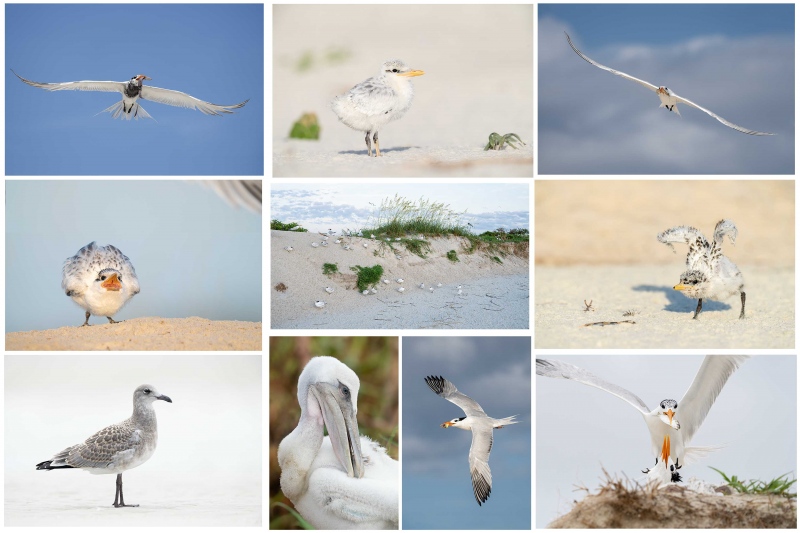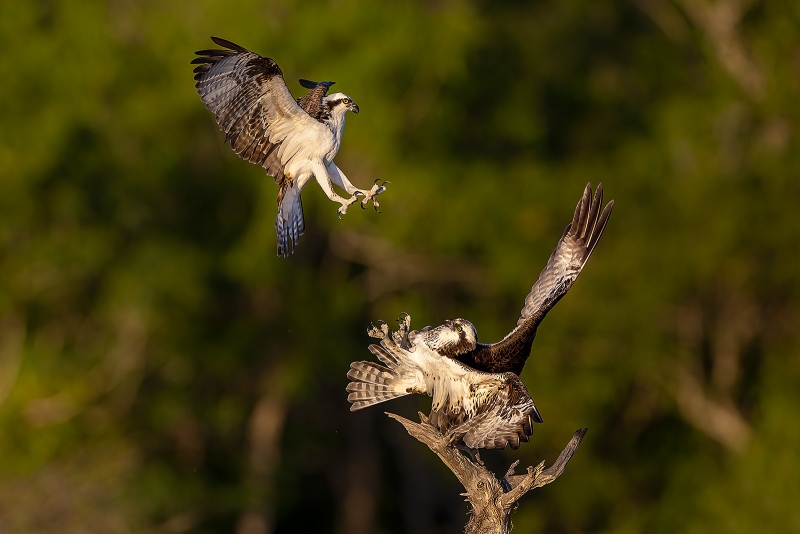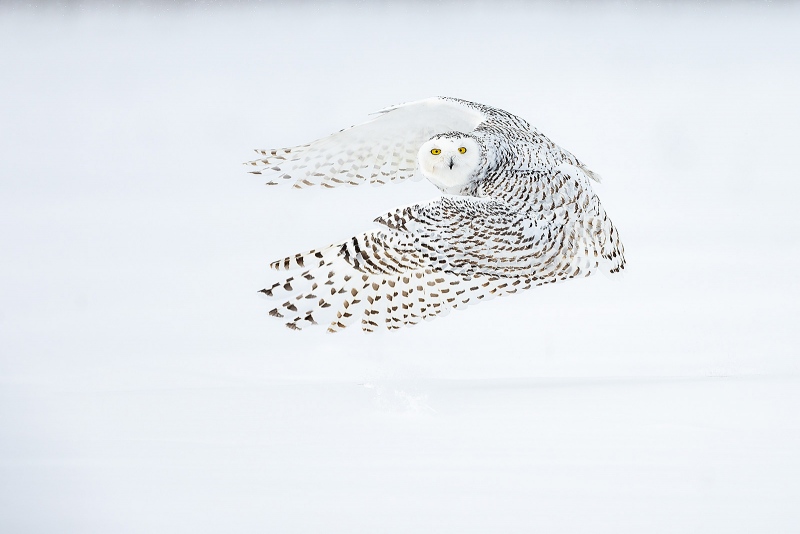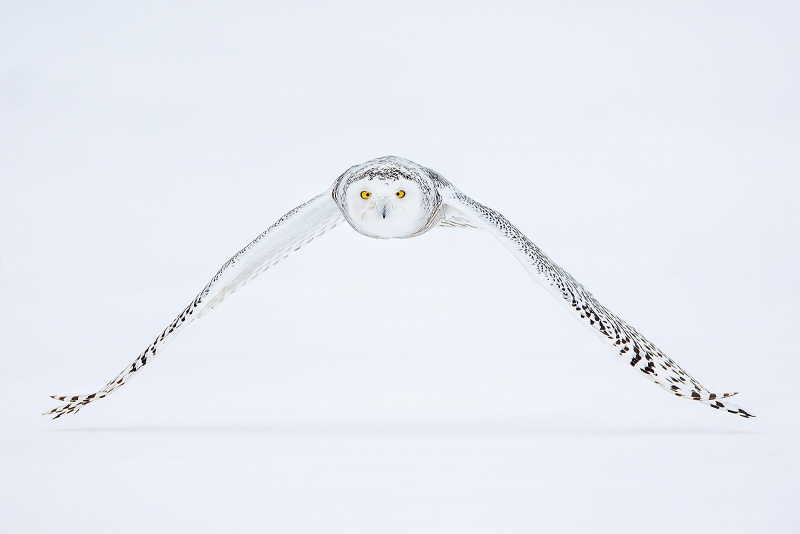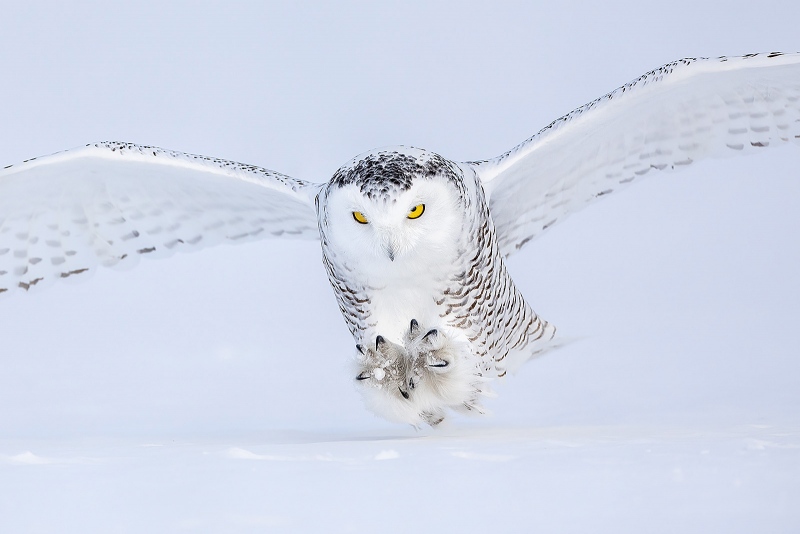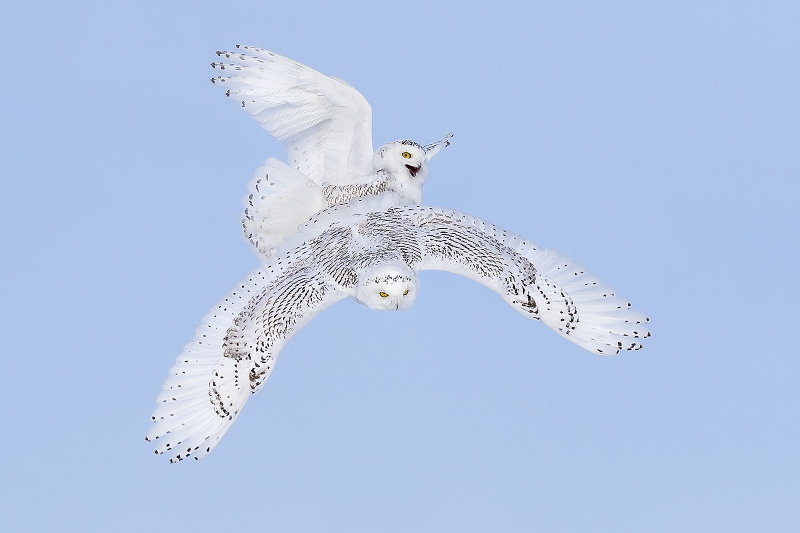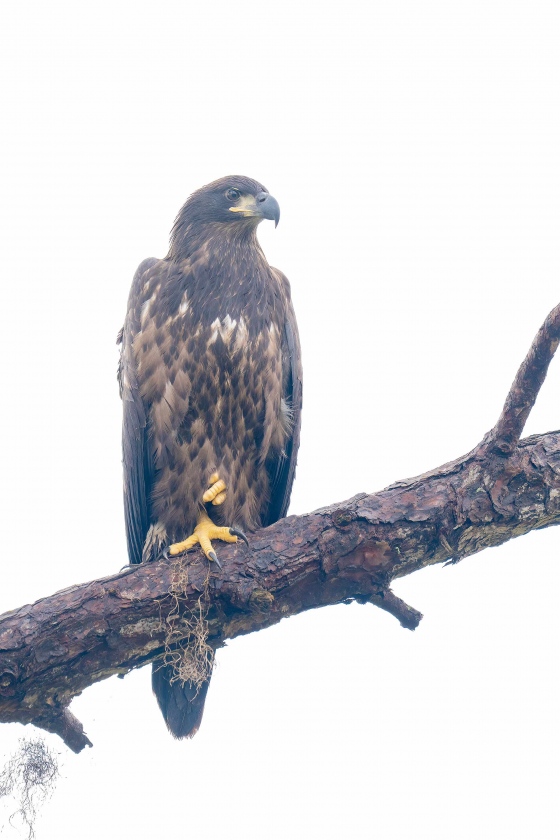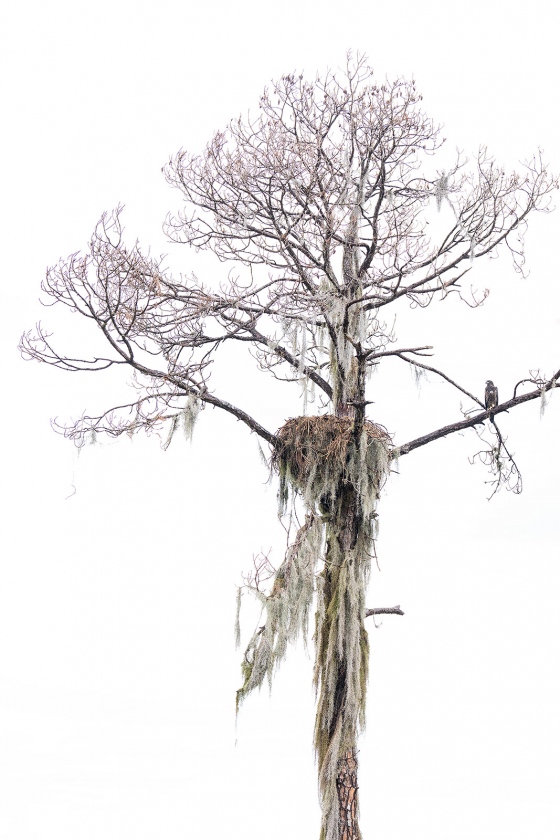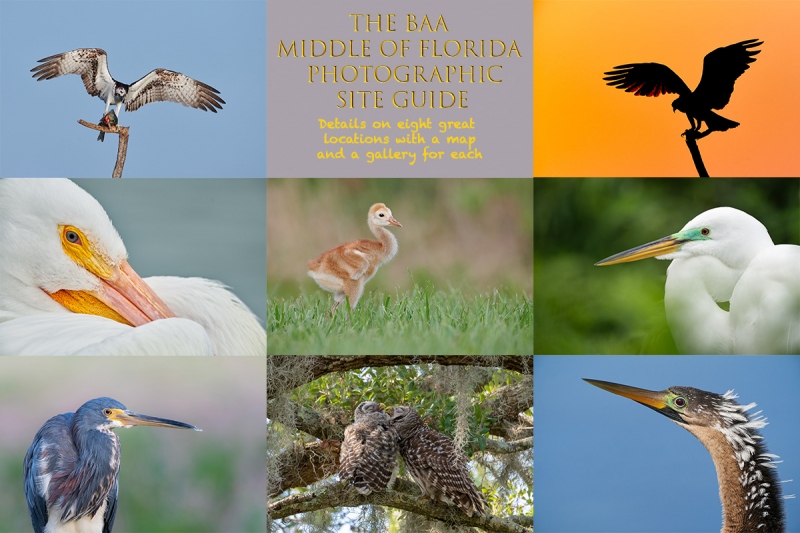What’s Up?
When I rolled by the eagle nest on a very foggy Friday morning, the eaglet was not present. At 5:30pm, it was in the nest getting fed a big juicy fish by one of the adults. Can you say fledged, flying young?
That morning I almost headed home without making a single image. But as the sun was struggling to break through, I spotted the crane colt family at the south end of the South Peninsula and worked them with the hand held 600mm f/4. I got some really nice stuff. Then I did some Cattle Egrets foraging on tiny insects. And headed home to work on the first GNPA keynote.
Today is Saturday 19 March 2022. Happy birthday to older daughter Jennifer! I went to Gatorland early. The forecast for called for clear with a breeze from the south switching to the southwest after 9am. I was anxious to see how the birds are doing; last year was the poorest year ever … Report soon. Wherever you are and whatever you are doing, I hope that you too have a great day. This blog post took more than two hours to prepare and makes nine days in a row with a new one.
Please remember to use the B&H and Amazon links on most blog pages and always in the right column or to use the BIRDSASART discount code at checkout when purchasing your new gear from Bedfords. And please consider joining a BAA IPT. You will be amazed at how much you will learn …
|
|
|
Click on the composite image to enjoy the incredible quality of the hi-res JPEG. Clockwise from upper left clockwise and back around to the center: Royal Tern in flight with squid for chick; Royal Tern chick on beach; Royal Tern in flight with shrimp for young; Royal Tern chick — double overhead wing stretch; Royal Tern landing with greenback for chick; Royal Tern in flight with juvenile mahi mahi for chick; Brown Pelican — large chick preening; Laughing Gull in fresh juvenal plumage; Royal Tern chick begging; Many Royal Terns with many chicks on face of dune. |
Jacksonville IPT: #1: 4 FULL DAYS — the afternoon of 16 June thru the morning of MON 20 June 2022: $2,099.00. (Limit 6 photographers)
Jacksonville IPT #2: the afternoon of FRI 1 JULY thru the morning of TUES 5 July 2022: $2099.00 (Limit 6 photographers)
Jacksonville IPT #3: the afternoon of FRI 15 JULY thru the morning of TUES 19 July 2022: $2099.00 (Limit 6 photographers)
Ride with me: add $200.00. I do not like to disappoint: each trip will run with one participant. If necessary.
I first visited the breeding bird colony at Jacksonville in late June 2021. I was astounded. There were many thousands of pairs of Royal Terns nesting along with about 10,000 pairs of Laughing Gulls. In addition to the royals, there were some Sandwich Terns nesting. And there are several dozen pairs of Brown Pelicans nesting on the ground. Flight photography was non-stop astounding. And photographing the tern chicks was relatively easy. Folks could do the whole trip with the Sony 200-600, the Canon 100-500 RF, or the Nikon 500 PF or 200-500 VR. With a TC in your pocket for use on sunny days. Most of the action is within 100 yards of where we park (on the beach). As with all bird photography, there are times when a super-telephoto lens with either TC is the best tool for the job.
Morning sessions will average about three hours, afternoon sessions about 1 1/2 hours. On cloudy mornings with favorable winds, we may opt to stay out for one long session and skip the afternoon, especially when the afternoon forecast is poor. Lunch is included on the first three days of the IPT and will be served at my AirBnB. After the first lunch there will be an introductory program. On days two and three we will do image review and Photoshop after lunch.
We will be based somewhere west and a bit north of Jacksonville where there are many AirBnB possibilities. The deposit is $599.00. Call Jim at the office any weekday at 863-692-0906 to pay by credit card. Balances must be paid by check.
What You Will Learn on a Jacksonville IPT
- 1- First and foremast you will learn to become a better flight photographer. Much better.
- You will learn the basics and fine points of digital exposure. Nikon and Canon folks will learn to get the right exposure every time after making a single test exposure, and SONY folks will learn to use Zebras so that they can be sure of making excellent exposures before pressing the shutter button..
- 2- You will learn to work in Manual exposure mode even if you are scared of it.
- 3- You will learn to evaluate wind and sky conditions and understand how they affect bird photography, especially the photography of birds in flight.
- 4- You will learn several pro secrets (for each system) that will help you to become a better flight photographer.
- 5- You will learn to zoom out in advance (because the birds are so close!) 🙂
- 6- You will learn how to approach free and wild birds without disturbing them.
- 7- You will learn to spot the good and the great situations.
- 8- You will learn to understand and predict bird behavior.
- 9- You will learn to design pleasing images by mastering your camera’s AF system.
- 10- You will learn to choose the best perspective.
- 11- You will learn to see and control your backgrounds.
- 12- You will learn to see and understand the light.
- 12- You will learn to see and create pleasing blurs in pre-dawn situations.
- 12- You will learn to be ready for the most likely event (at all times).
And the best news is that you will be able to take everything you learn home with you so that you will be a better photographer wherever you are and whenever you photograph.
Typos
With all blog posts, feel free to e-mail or to leave a comment regarding any typos or errors.

